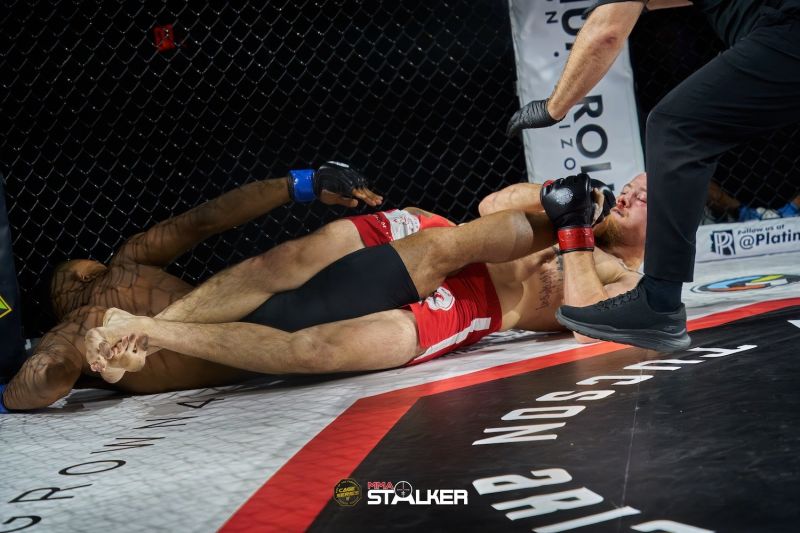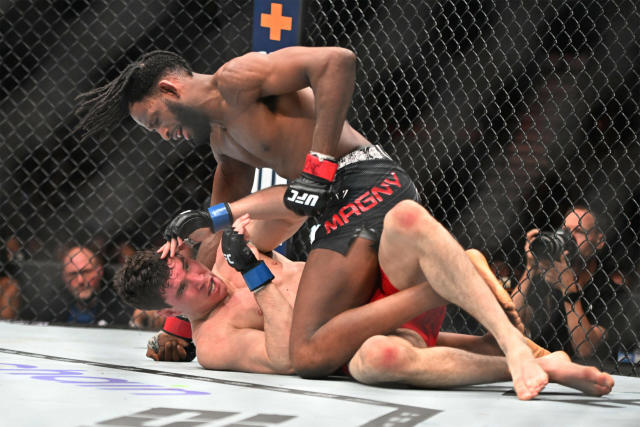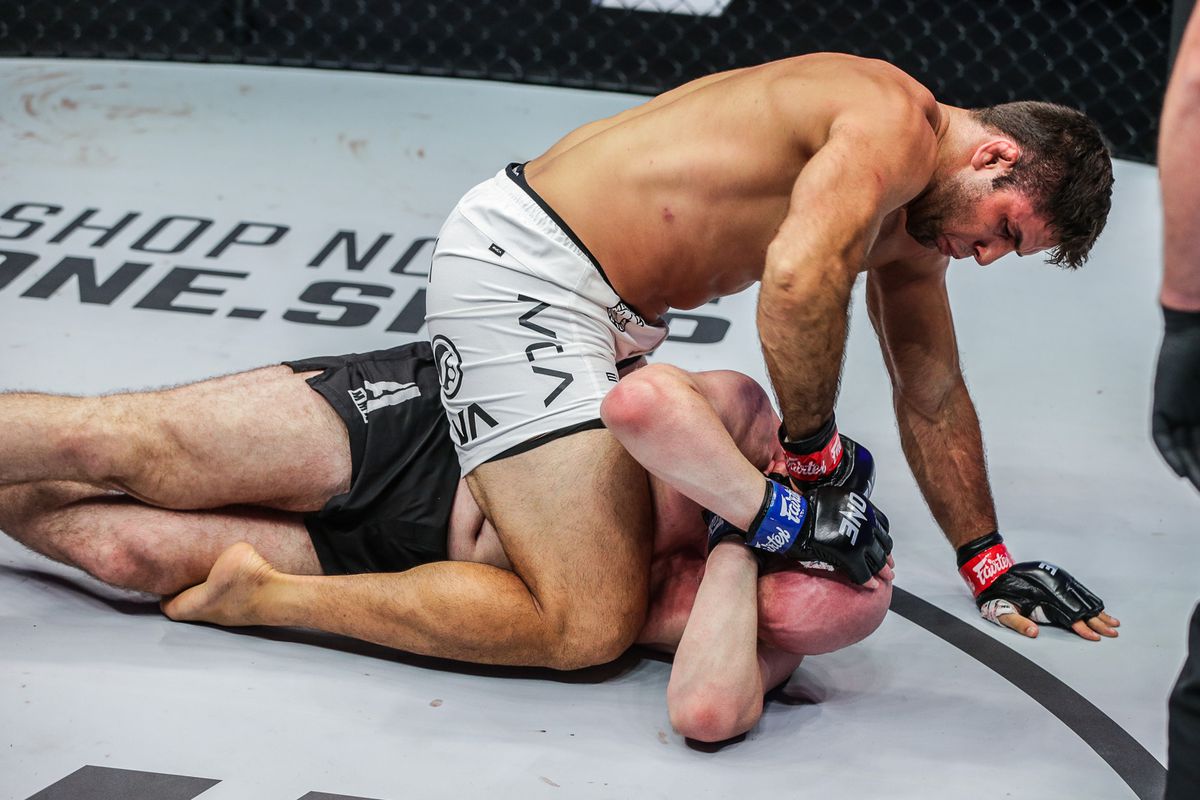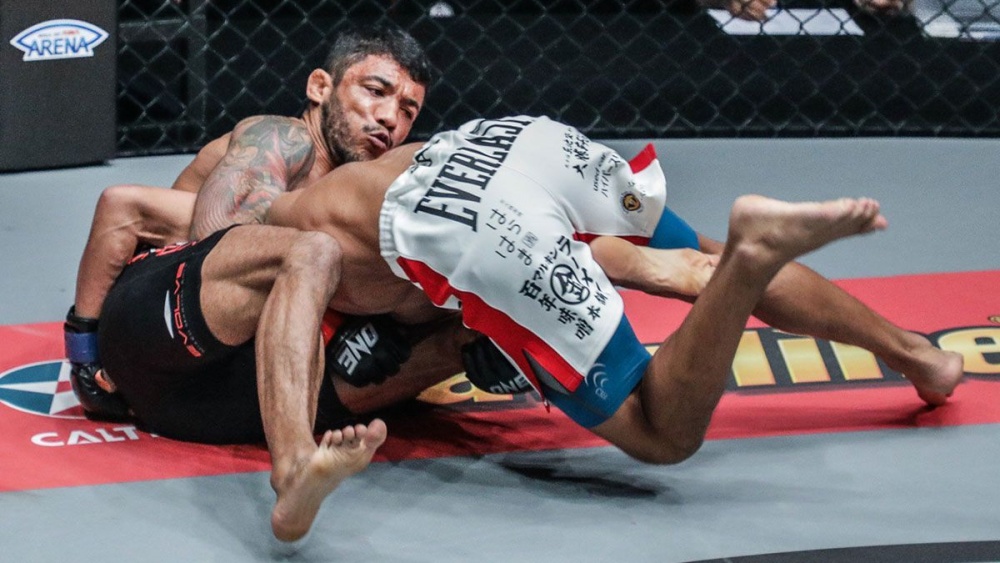Introduction:
Join us on a journey into the intricate world of Mixed Martial Arts (MMA) grappling, where technique, leverage, and strategy take center stage. Whether you’re a fervent martial arts enthusiast, a beginner eager to delve into grappling, or an instructor seeking to enhance your students’ ground game, this comprehensive guide is tailored for everyone. Join us as we explore the art of grappling in MMA, unraveling its complexities and emphasizing its significance in the realm of mixed martial arts.
The Fundamentals of MMA Grappling
Understanding Grappling in MMA
Grappling in MMA involves a diverse array of techniques such as takedowns, submissions, and ground control. Understanding how to dictate and control the fight on the ground is pivotal. Grapplers aim to dominate their opponents through strategic positioning and applying submissions or ground-and-pound techniques.
Importance of Grappling for Beginners
For beginners, developing grappling skills is essential as it provides a strong foundation for MMA success. Proficiency in takedowns, escapes, and ground control can turn the tide of a fight. Grappling not only offers a means of imposing dominance but also serves as a vital defensive skill against striking-oriented opponents.
Key Grappling Techniques
Mastering fundamental grappling techniques is crucial. From basic takedowns and positional control to submissions like chokes and joint locks, each technique contributes to a well-rounded grappling skill set. Beginners should focus on learning how to transition seamlessly between these techniques to maintain dominance on the ground.
Drilling and Training for Effective Grappling
Solo Drills for Grappling Improvement:
Solo drills play a crucial role in improving grappling skills. Practicing transitions, escapes, and ground movements alone enhances muscle memory and fluidity. Grapplers should incorporate shadow grappling sessions to refine technique and build the agility required for live scenarios.
Partner Training: Developing Grappling Techniques
Partner drills and controlled sparring sessions help in developing effective grappling techniques. Drilling takedowns, submissions, and ground control with a partner simulates real fight scenarios. It is essential for beginners to focus on foundational techniques before progressing to more complex grappling strategies.
Live Rolling Sessions: Applying Grappling in Real Scenarios:
Live rolling sessions, or sparring on the ground, are the ultimate test of grappling proficiency. These sessions allow practitioners to apply learned techniques in dynamic and unpredictable situations. Beginners should engage in controlled live rolling sessions to gradually build confidence and adaptability on the ground.
Advanced Grappling Strategies for Instructors
Teaching Progression: From Basics to Advanced
Instructors play a pivotal role in guiding students through the complexities of grappling. Establishing a clear teaching progression ensures that students build a strong foundation in fundamental techniques before progressing to advanced strategies. Instructors should emphasize the importance of fluid transitions and positional control.
Integrating Grappling into MMA Classes
Effective grappling integration into MMA classes requires a comprehensive curriculum. Instructors should design drills that seamlessly combine grappling with striking and other aspects of mixed martial arts. Encouraging a balanced approach ensures that students become well-rounded fighters capable of excelling in any aspect of the sport.
Addressing Common Mistakes in Grappling
Even experienced grapplers make mistakes. Instructors should actively identify and correct common errors, such as improper posture, telegraphed movements, or ineffective submissions. Providing individualized feedback during training sessions helps students refine their techniques and continually progress in their grappling skills.
Exploring Advanced Grappling Techniques
Once the fundamentals are mastered, delving into advanced grappling techniques can significantly enhance a fighter’s ground game. These techniques involve a higher level of intricacy, requiring a deep understanding of leverage, timing, and anticipation.
Chain Wrestling:
Advanced grapplers seamlessly string together a series of techniques, known as chain wrestling, to create continuous pressure on their opponents. Combining takedowns, transitions, and submissions in a fluid sequence forces opponents to be constantly on the defensive, providing ample opportunities for the advanced grappler to dictate the pace of the fight.
Submission Chains:
Mastery of submissions goes beyond individual techniques. Advanced grapplers focus on creating submission chains, where they anticipate their opponent’s reactions and seamlessly transition from one submission attempt to another. This strategic approach increases the likelihood of securing a submission as opponents struggle to defend against a relentless onslaught.
Scrambling and Reversals:
Advanced grapplers excel at turning seemingly disadvantageous positions into opportunities. The ability to scramble effectively allows fighters to escape precarious situations and reverse the tide of a match. Understanding how to capitalize on openings during scrambles adds a dynamic element to an advanced grappler’s skill set.
Ground Striking Integration:
Integrating striking into grappling sequences adds an unpredictable dimension to an advanced fighter’s ground game. Strikes from top positions, such as ground-and-pound, can create openings for submissions, and vice versa. This versatility keeps opponents guessing and enhances the effectiveness of the overall grappling strategy.
Cage Control and Utilization:
Utilizing the cage as a strategic tool is a hallmark of advanced grapplers. Controlling opponents against the cage limits their mobility and options, creating opportunities for takedowns or positional dominance. Advanced grapplers understand how to manipulate their opponents within the confined space of the cage to gain a tactical advantage.
Conclusion:
As the backbone of MMA, grappling skills are indispensable for any martial artist. Whether you’re a dedicated enthusiast, a beginner eager to embrace the ground game, or an instructor shaping the next generation of fighters, understanding and mastering grappling techniques is a journey worth taking. From fundamental takedowns to advanced submissions, grappling adds a dynamic layer to the sport, making it an essential component of every well-rounded MMA fighter’s skill set.
Want to Continue your journey?
If you’ve enjoyed exploring the fascinating realms of grappling, don’t miss the comprehensive journey that started it all: “MMA: The Complete Mixed Martial Artist.” In this foundational blog, we initiate an exciting exploration into the basics of striking and grappling techniques, setting the stage for the in-depth guides tailored for enthusiasts, beginners, and instructors. Whether you’re honing your striking prowess, cultivating mental resilience, or elevating your grappling skills, the journey into the multifaceted world of MMA continues. Join us as we unravel the secrets that shape a well-rounded fighter in both the physical and mental realms.
